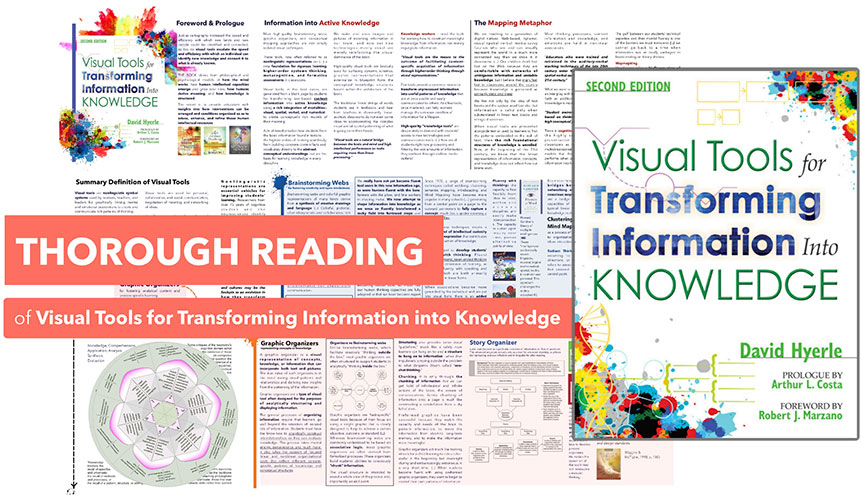Interaction with “representations” on a whiteboard canvas can trigger learning processes. This phenomenon has been extensively observed and documented in child development.
Continue ReadingDocumenting and improving students’ thinking using whiteboard recordings
Demystify the learning process with the help of Explain Everything Whiteboard
Continue ReadingVisual Tools for Transforming Information into Knowledge
Information does not turn into knowledge by itself, however this process can be supported by the use of Visual Tools.
Continue Reading

